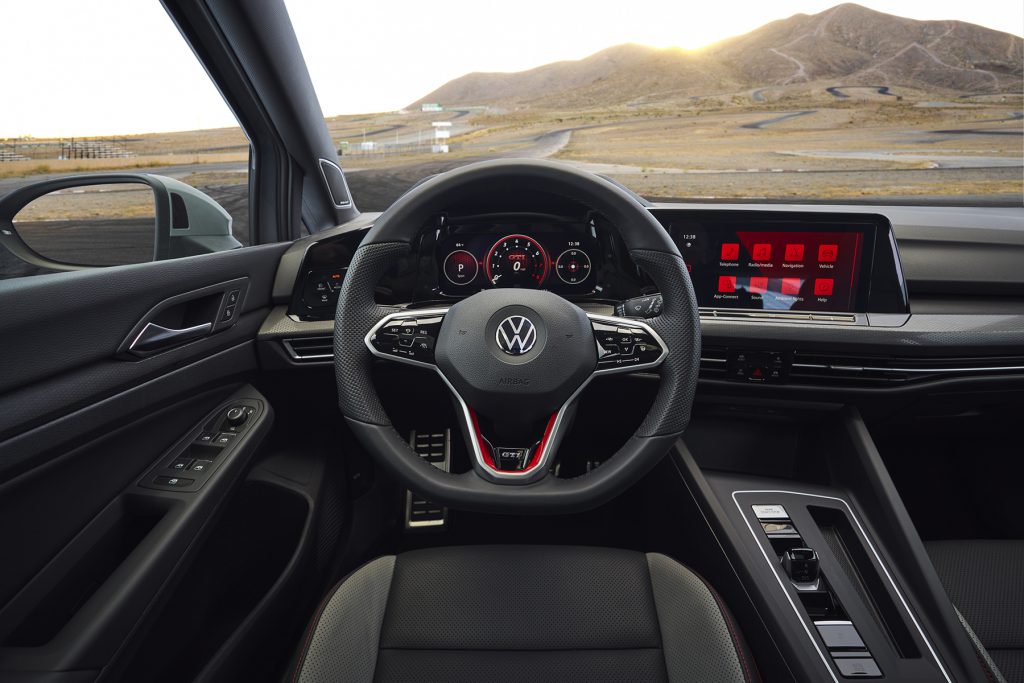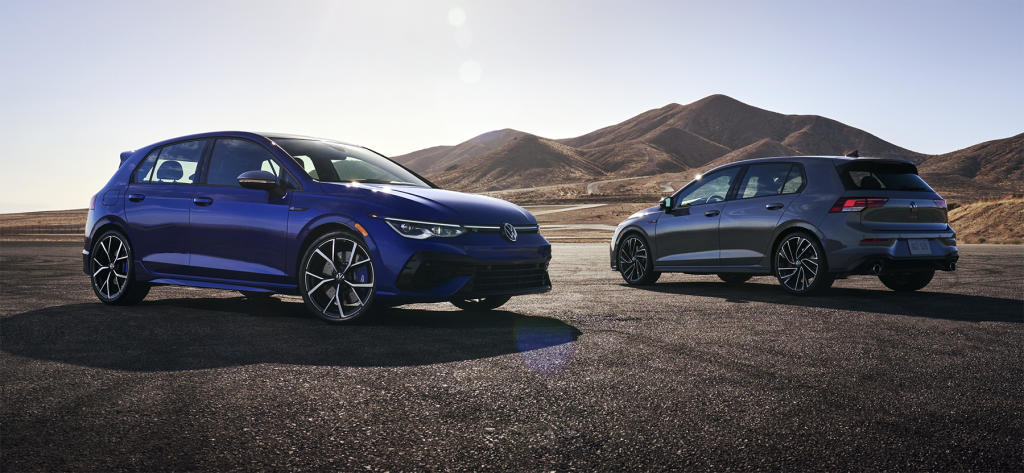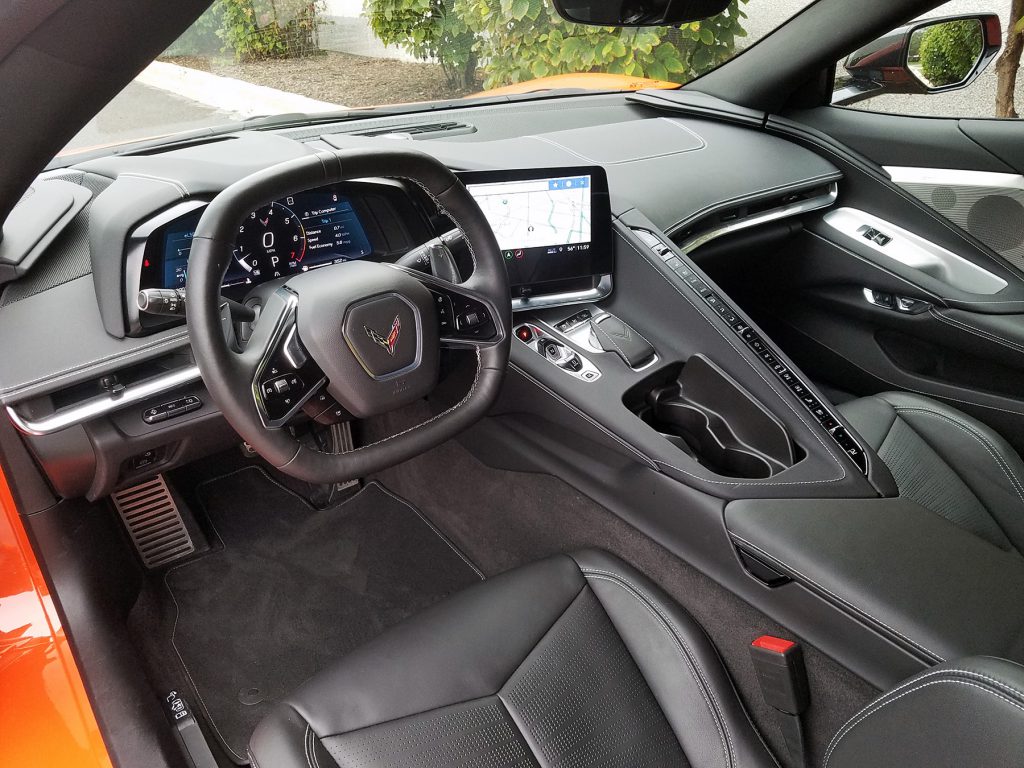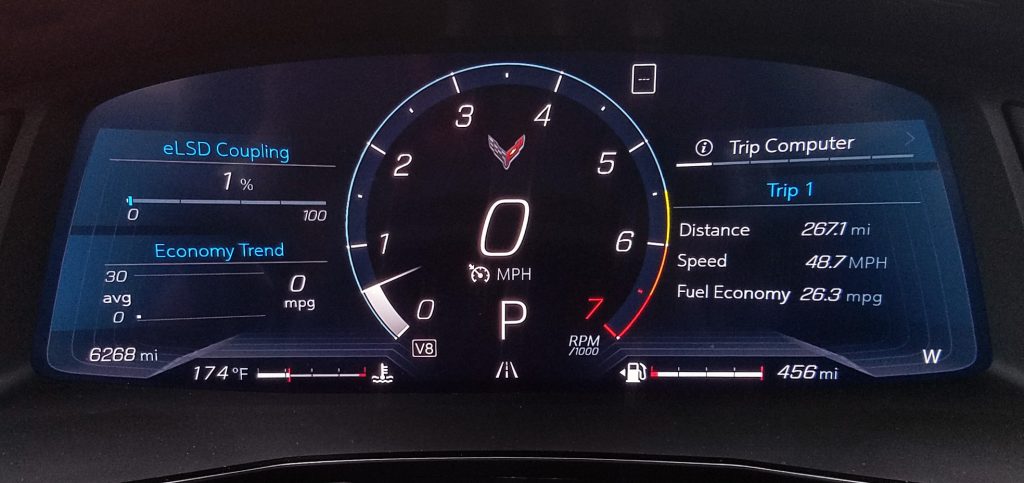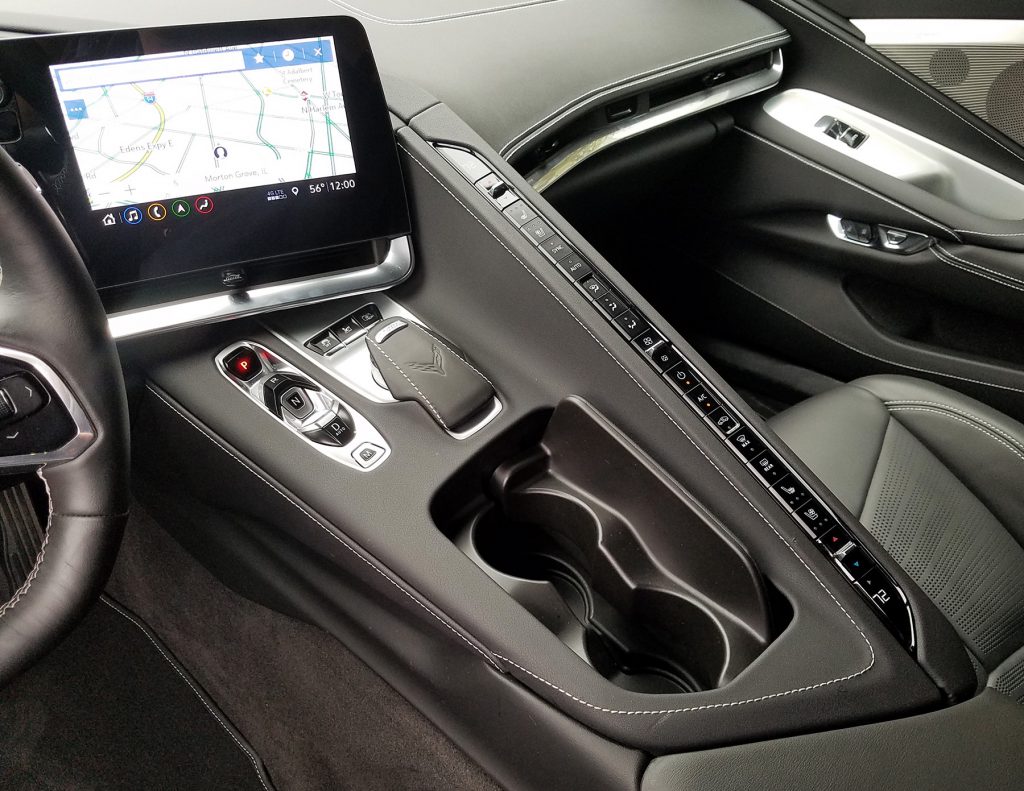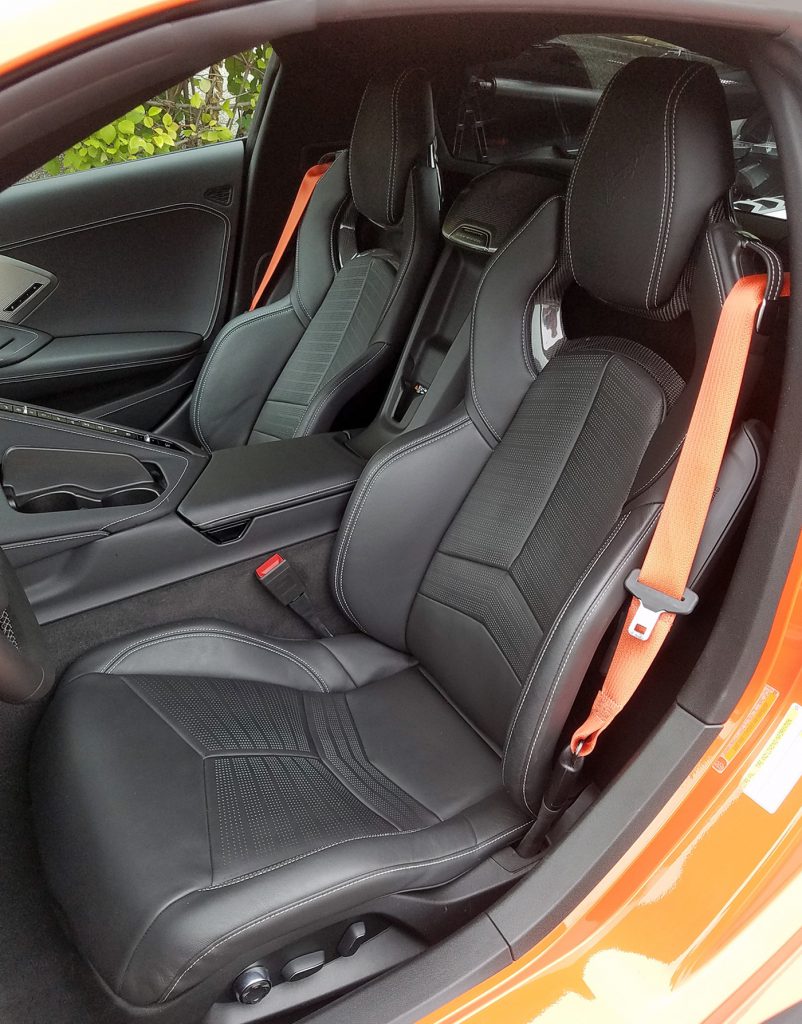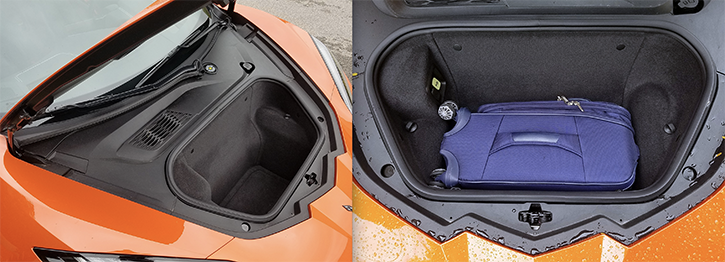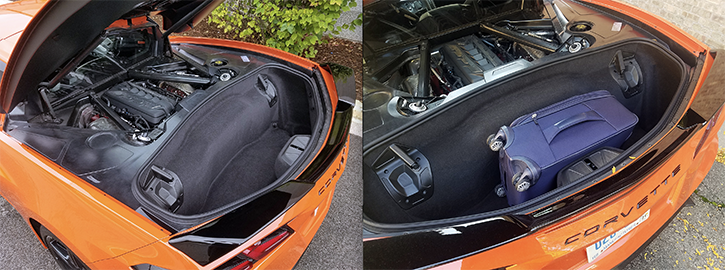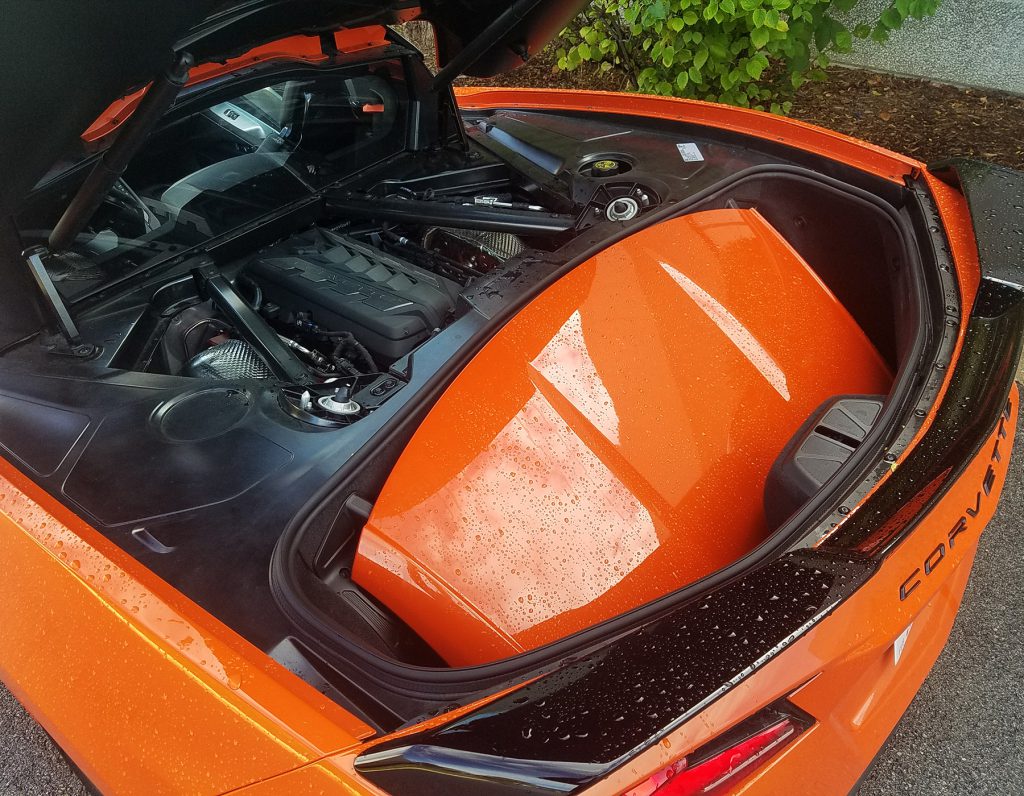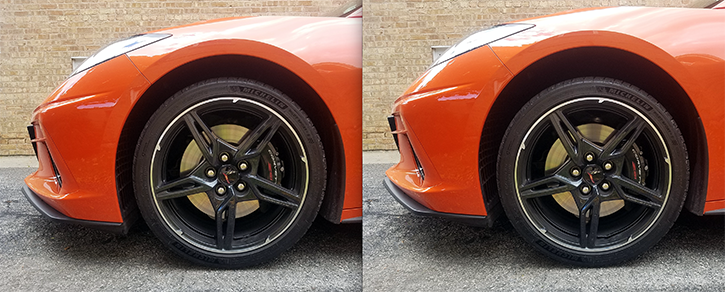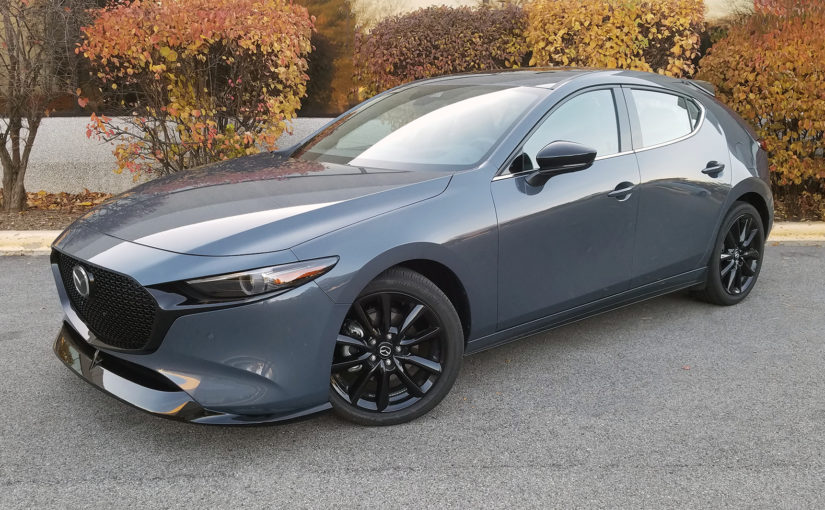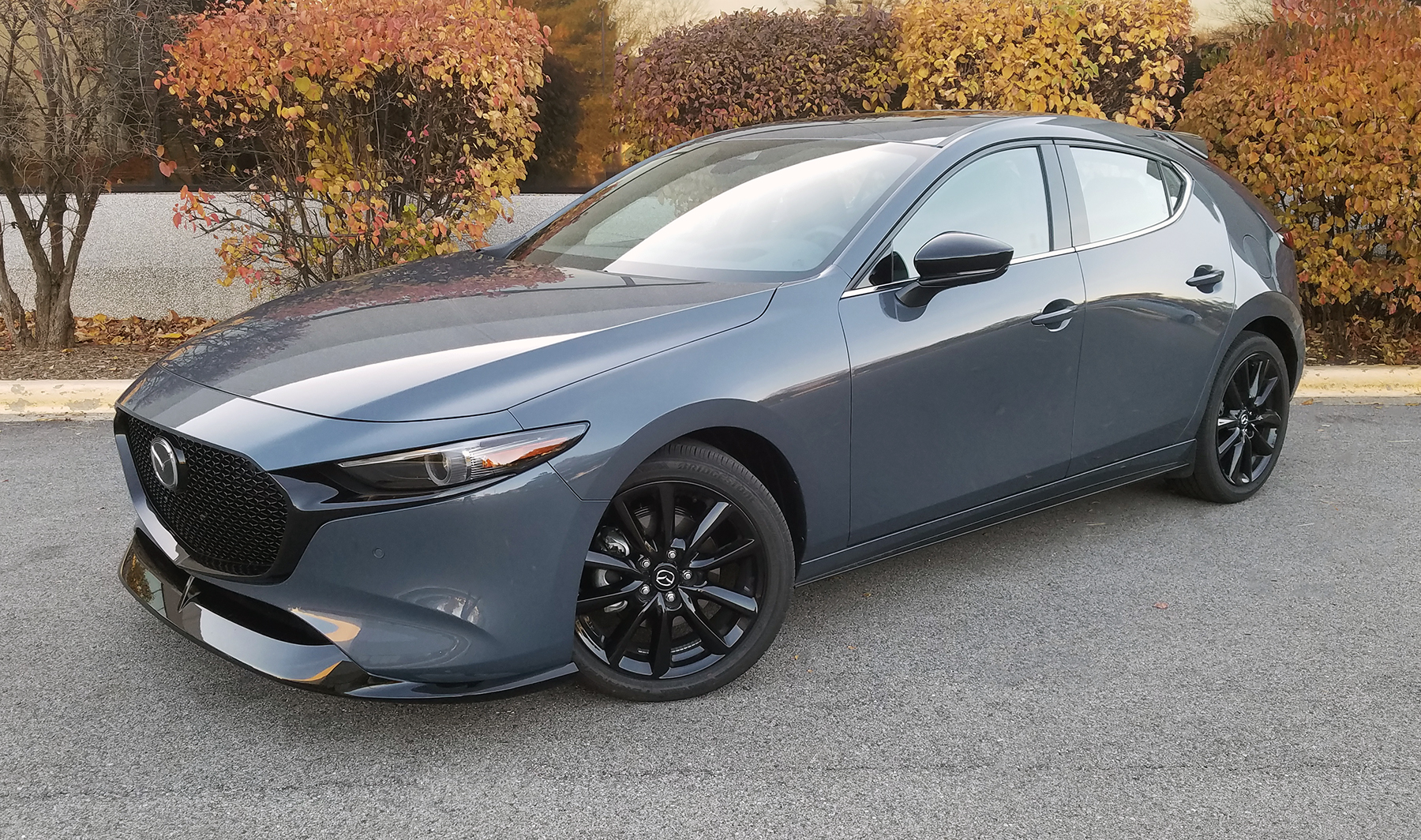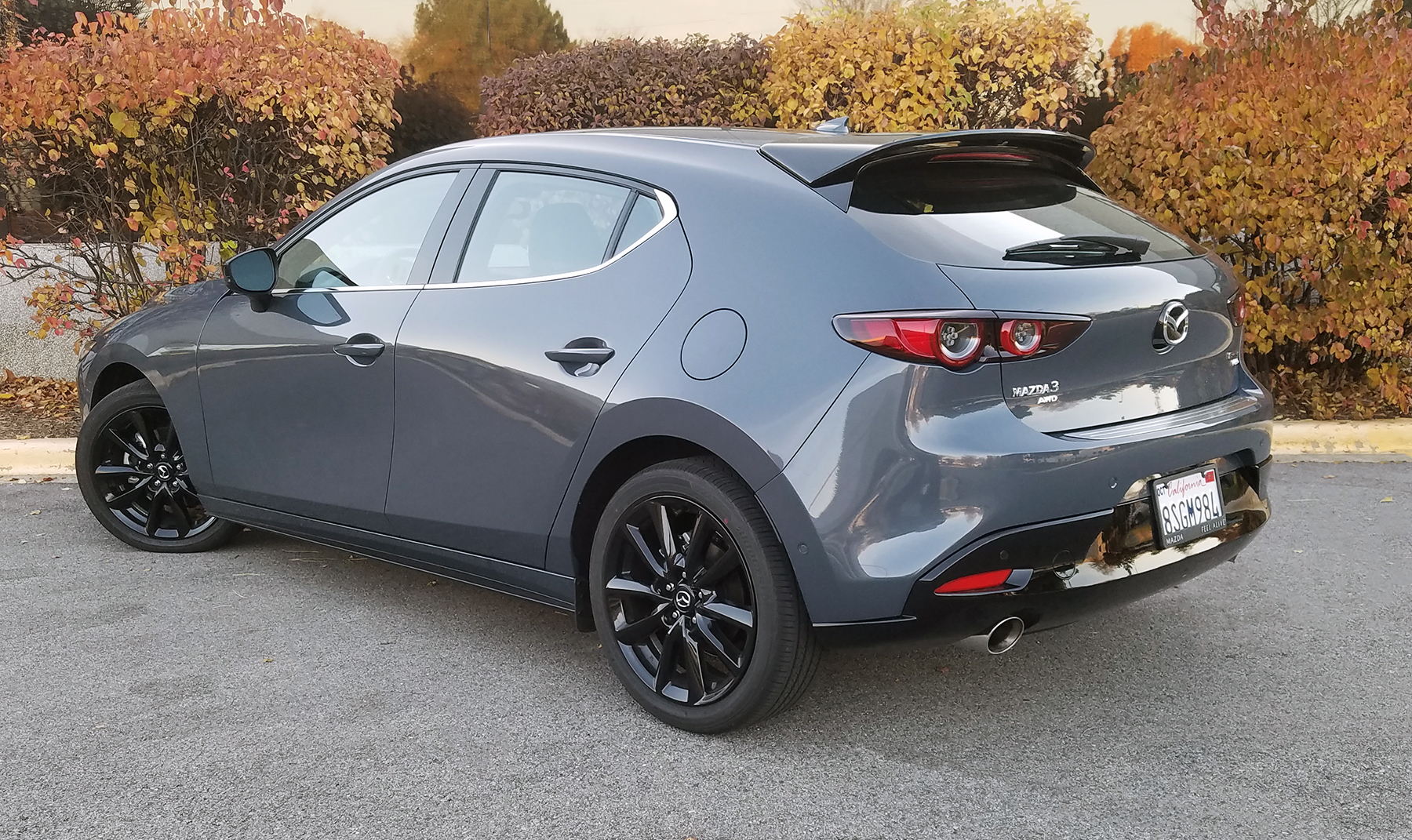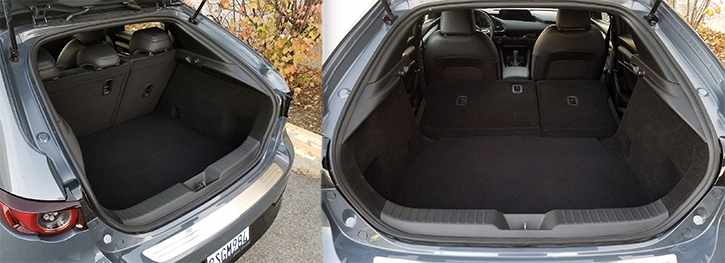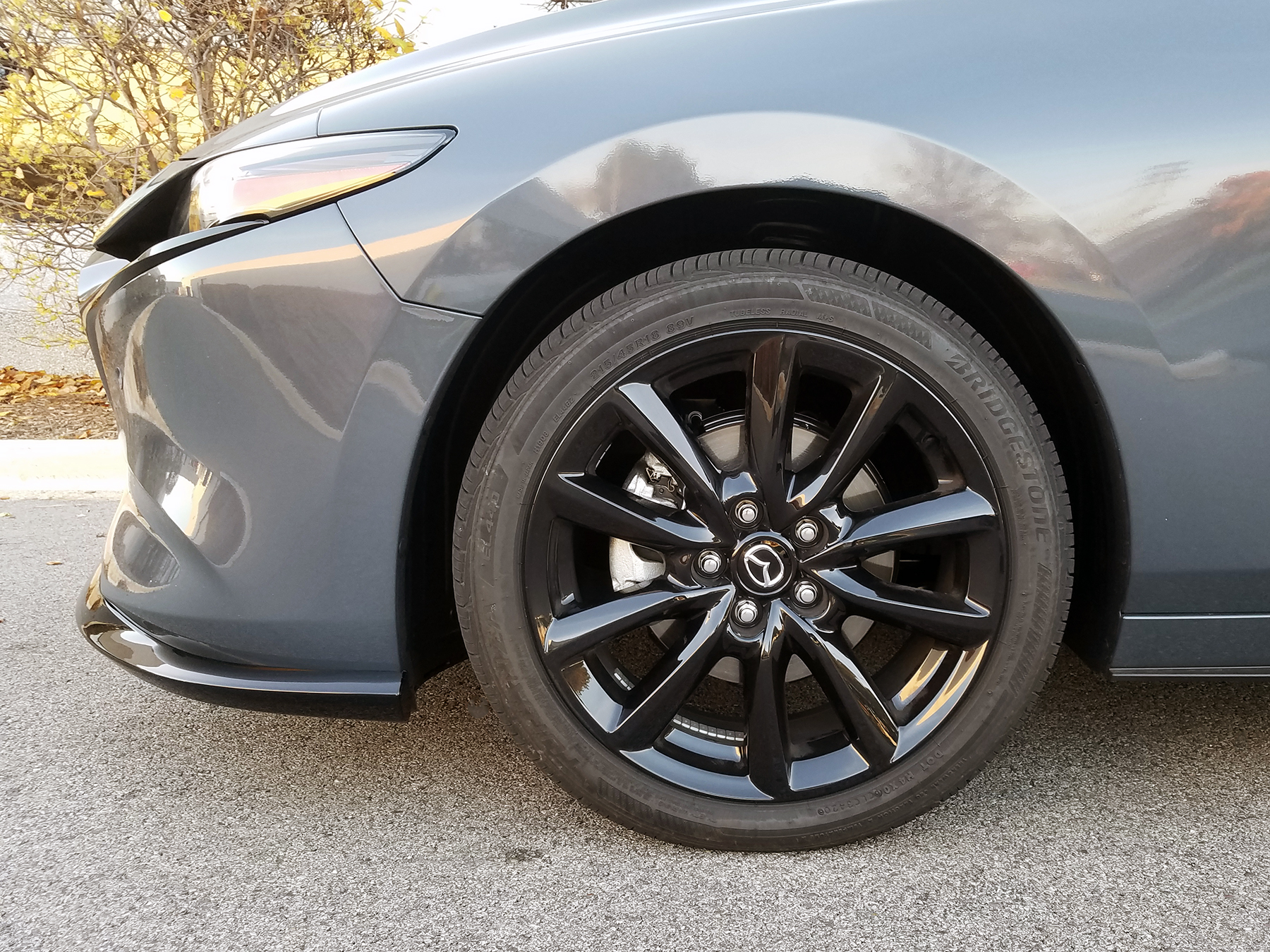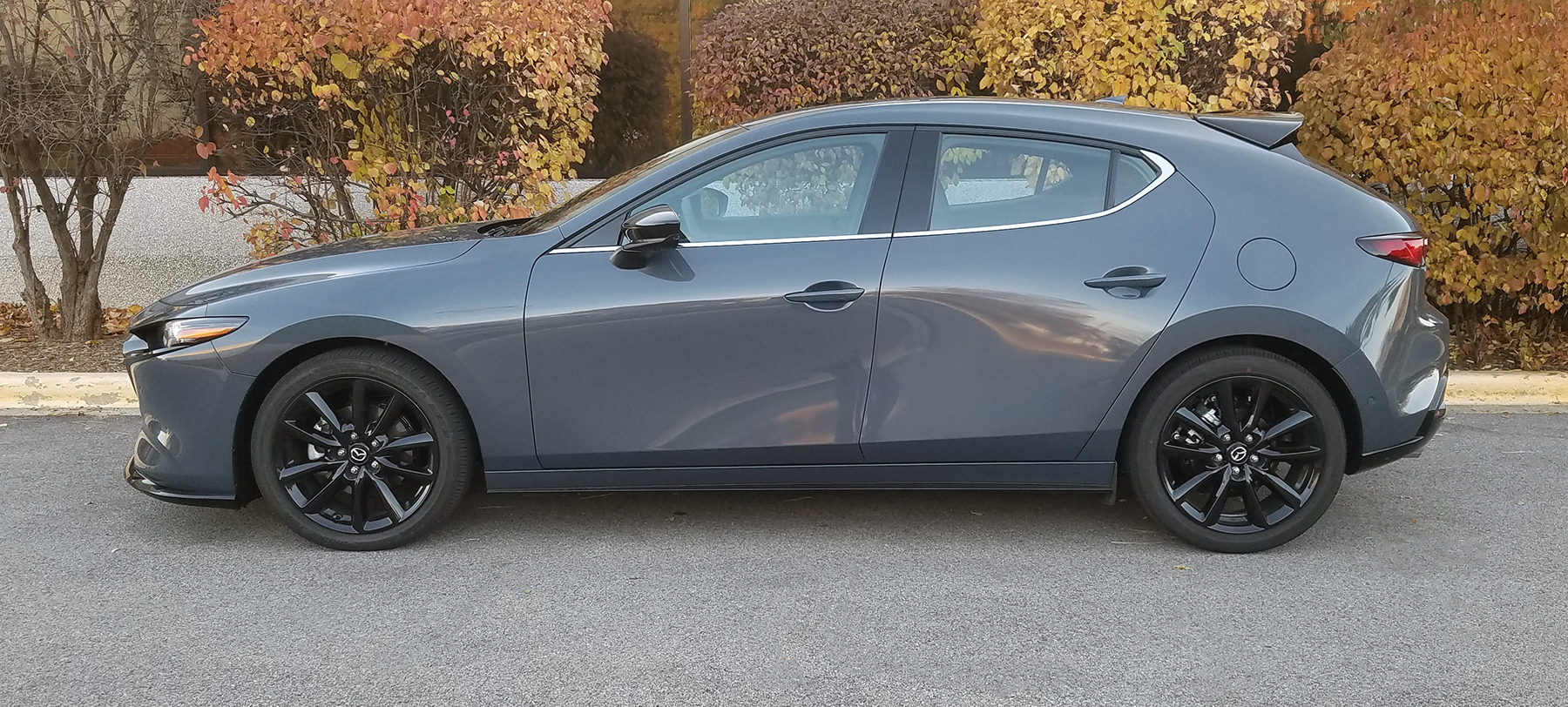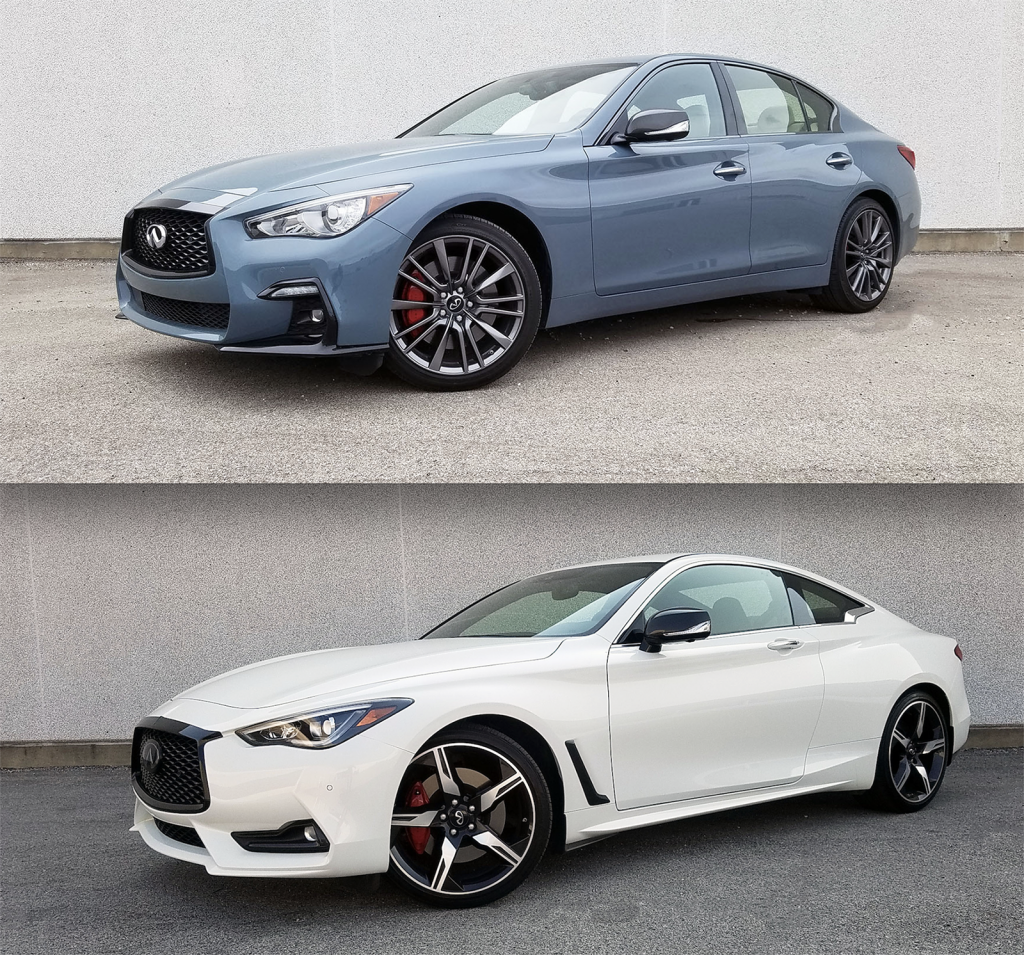
Infiniti Q50 Red Sport 400 (top) vs Infiniti Q60 Red Sport 400
Let’s face it… the luxury-brand midsize sport-sedan and sporty-coupe segments aren’t exactly on fire these days. Even when it comes to performance-focused premium vehicles, the majority of American shoppers prefer crossover SUVs over traditional passenger cars. Infiniti knows this as well as any brand; all of its most-recent product launches—the redesigned-for-2019 QX50, the new-for-2022 QX55, and the redesigned-for-2022 QX60—are crossover SUVs. The Q50 sedan and its Q60 two-door coupe counterpart are the only traditional passenger cars in Infiniti’s model roster, and even within their respective classes (we categorize the Q50 as a premium midsize car and the Q60 as a premium sporty/performance car), they are pretty elderly players. The Q50 dates back to the 2014 model year and has not seen any major revisions other than updated powertrain offerings. The Q60 coupe debuted for 2017, on Q50-based architecture, and likewise has not seen significant updates since.
For 2021, both cars continue to offer a twin-turbo 3.0-liter V6 that makes 300 horsepower in standard form, or a healthy 400 hp in the top-line performance-oriented Red Sport 400 models. A 7-speed automatic transmission is standard on all, and all-wheel drive is available on all models as an option to rear-wheel drive.
Neither car changes much at all for 2022. The Q50 gets a pared-down model lineup, modest trim changes (a Saddle Brown upholstery color is available, open-pore wood trim, and an updated HVAC system with an air purifier). The Q60 is unchanged for 2022, save for the addition of wireless Apple CarPlay as a standard feature.
Given the overall direction the new-vehicle market is headed, and the state of the Infiniti brand as of late, it seems likely that the Q50 and Q60 won’t live to see another generation, at least not in their current form. These Infinitis don’t trump their Audi, BMW, Mercedes-Benz, or Lexus rivals in any significant way, but their attractive styling (particularly when comparing the Q50 to BMW’s “in-your-face” 4-Series models) and luxurious interiors still hold a lot of appeal.
Infiniti Q50 vs Q60: Sedan and Coupe Face-Off
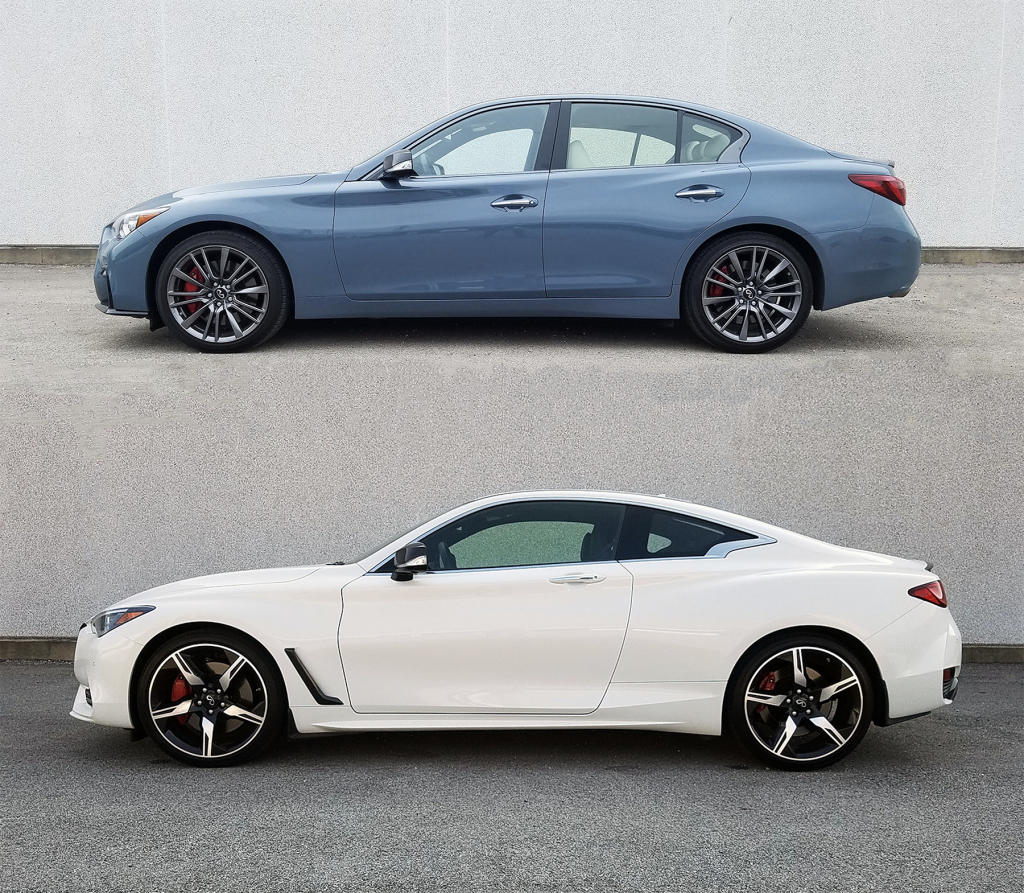
Q50 vs Q60
Test Drive: 2022 Genesis G70 3.3T Sport Advanced

Q50 vs Q60
Test Drive Gallery: 2021 Lexus LS 500
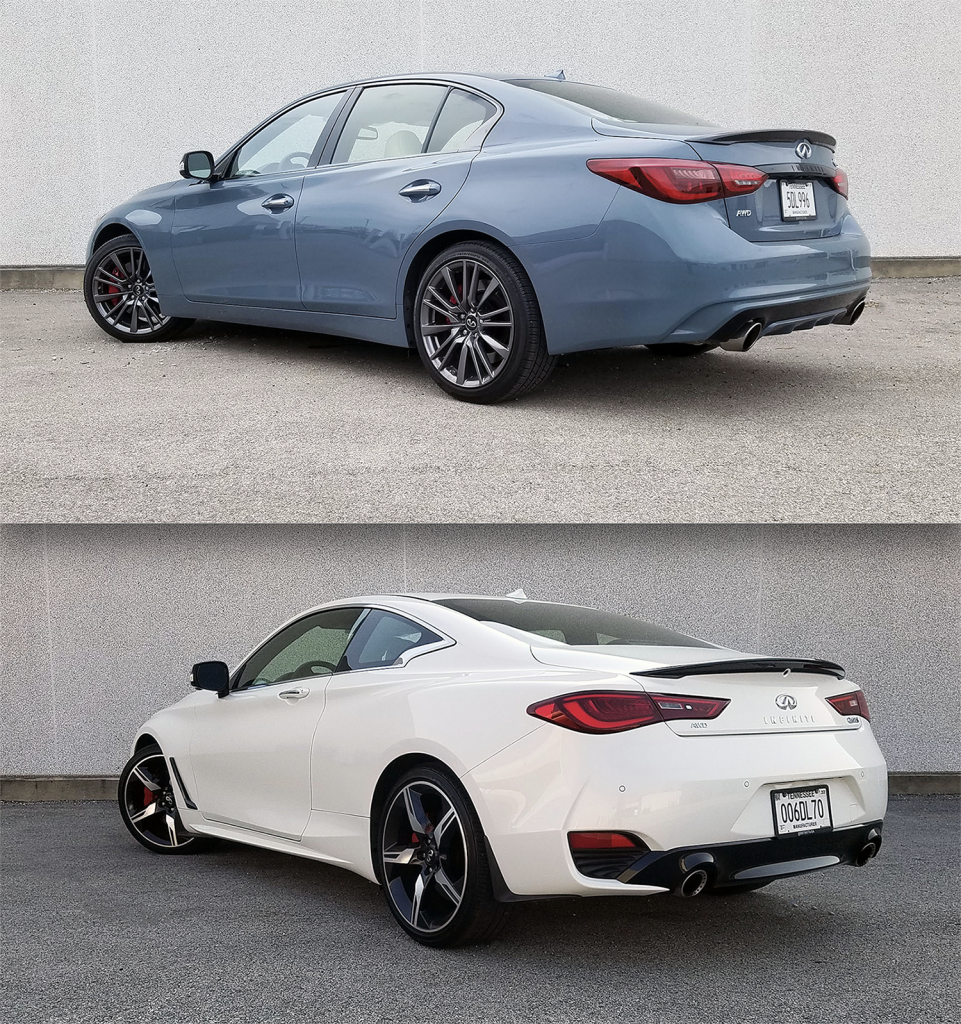
Q50 vs Q60
Quick Spin: 2021 BMW M4 Competition Coupe

Q50 vs Q60
Though their family resemblance is clear, there are several subtle differences between the Q50’s and Q60’s front-fascia treatments.
Test Drive: 2021 BMW 430i xDrive Coupe
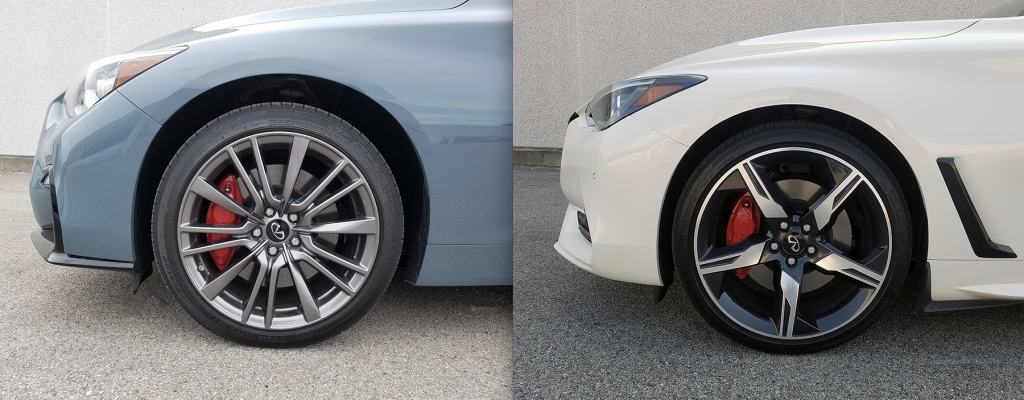
Q50 vs Q60
The Q50 Red Sport 400 comes standard with 19-inch alloy wheels, while the Q60 Red Sport gets standard 20-inch sport alloy wheels. Our Q60 tester was further upgraded with the 20-inch accessory wheels ($1790) shown here.
Test Drive: 2021 Mercedes-Benz AMG E53 Sedan
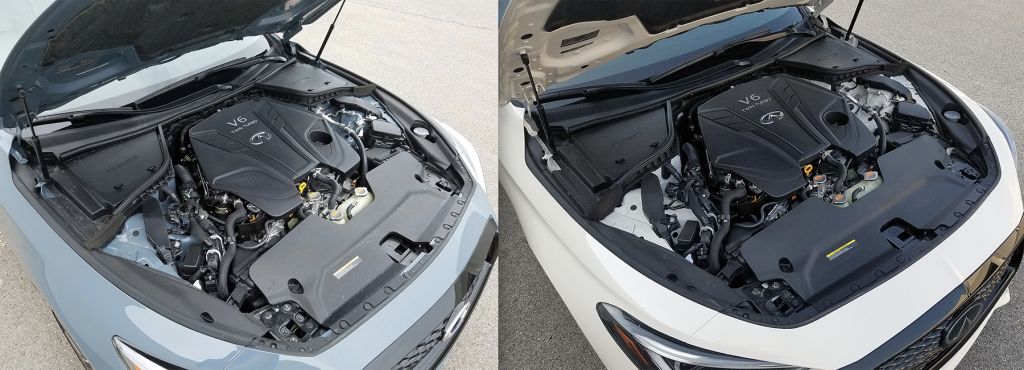
Q50 vs Q60
Things are more or less identical under the hood—the Red Sport 400’s twin-turbo 3.0-liter V6 puts out 400 horsepower and emits a satisfying growl at full throttle.
Test Drive: 2021 Lexus IS 350 F Sport
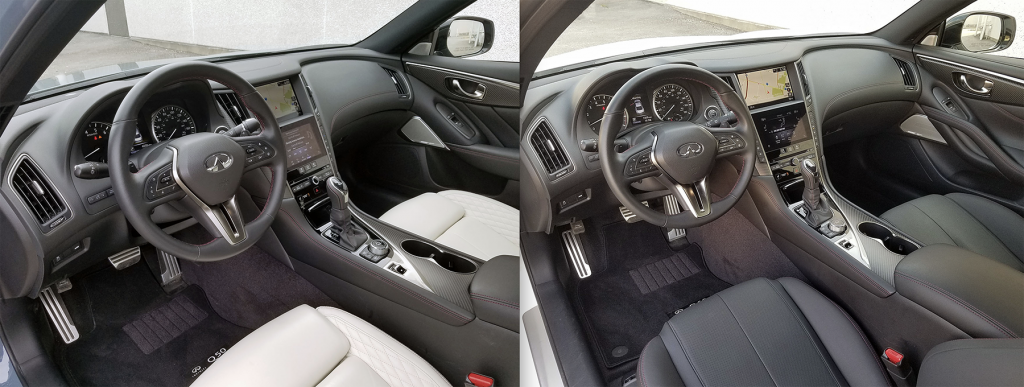
Q50 vs Q60
Though the Q50 and Q60 interiors both have a convincingly upscale feel thanks to their premium materials and trim details such as carbon-fiber accents and classy contrast stitching, the control layout and twin-screen infotainment system are dated compared to newer-design rivals.
Test Drive: 2021 Cadillac CT5 Premium Luxury
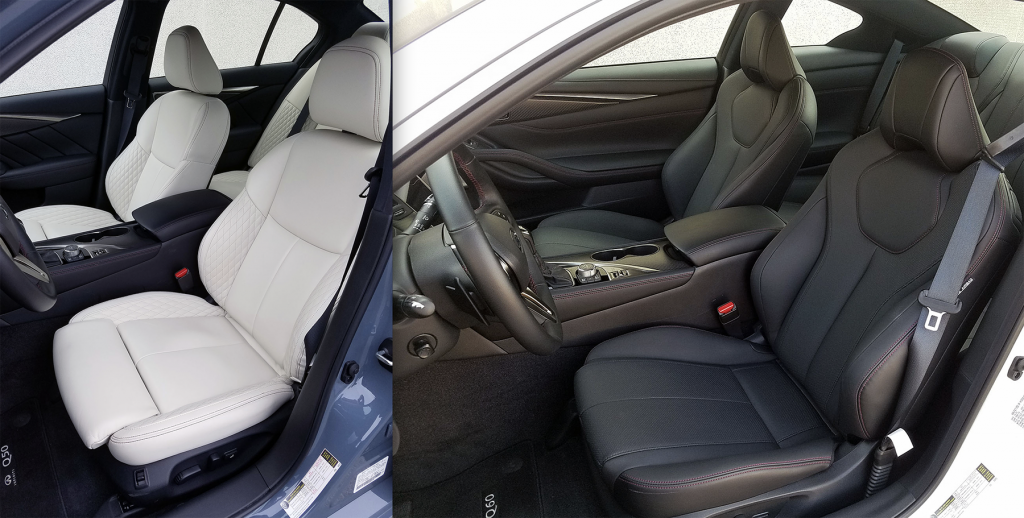
Q50 vs Q60
Both the Q50 and Q60 have comfortable front seats with bolsters that offer decent support in spirited driving without being confining on long road trips.
6 Cool Things about the 2021 BMW M5 Competition
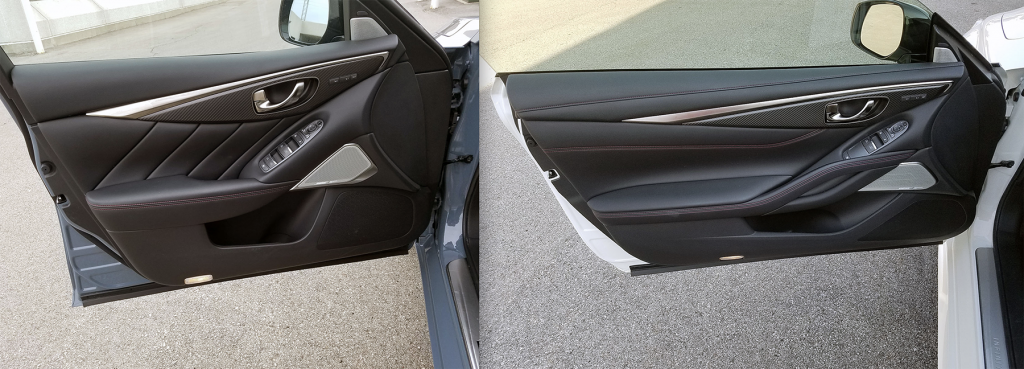
Q50 vs Q60
The lower overall profile of the Q60 is apparent when comparing the door panels.
Test Drive: 2021 Genesis G80 3.5T Prestige
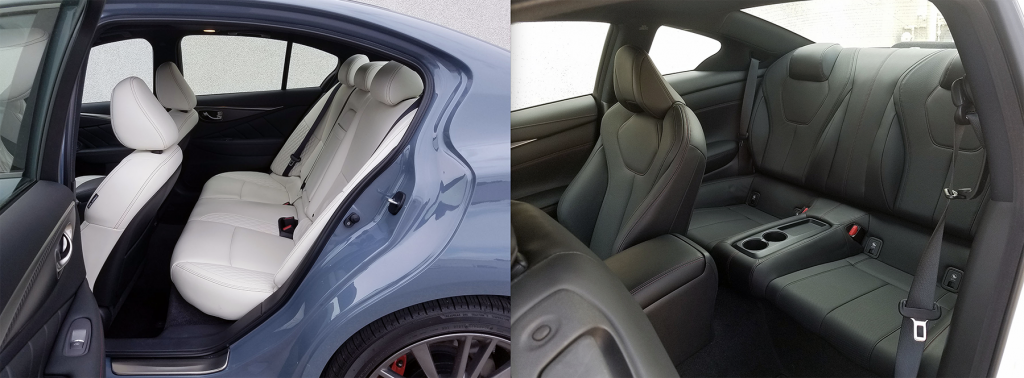
Q50 vs Q60
Not surprisingly, the Q50’s rear seat is more spacious and much easier to access than the Q60’s.
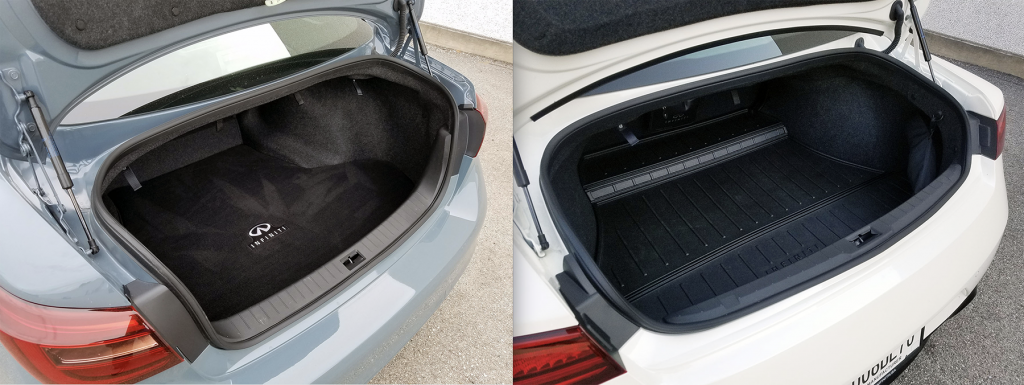
Q50 vs Q60
Though they look somewhat comparable in these photos, the Q50 handily trumps the Q60 in trunk space: 13.5 cubic feet, compared to 8.7 cubic feet.
Quick Spin: 2021 Lexus RC 350 F Sport

2021 Infiniti Q50 Red Sport 400 in Slate Gray
2021 Infiniti Q50 Red Sport 400 AWD
Class: Premium Midsize Car
Miles driven: 377
Fuel used: 16.4 gallons
| CG Report Card | |
|---|---|
| Room and Comfort | B- |
| Power and Performance | B+ |
| Fit and Finish | B+ |
| Fuel Economy | C |
| Value | C- |
| Report-card grades are derived from a consensus of test-driver evaluations. All grades are versus other vehicles in the same class. Value grade is for specific trim level evaluated, and may not reflect Consumer Guide’s impressions of the entire model lineup. | |
| Big & Tall Comfort | |
| Big Guy | C |
| Tall Guy | B |
| Big & Tall comfort ratings are for front seats only. “Big” rating based on male tester weighing approximately 350 pounds, “Tall” rating based on 6’6″-tall male tester. | |
| Drivetrain | |
| Engine Specs | 400-hp 3.0-liter |
| Engine Type | twin-turbo V6 |
| Transmission | 7-speed automatic |
| Drive Wheels | AWD |
Real-world fuel economy: 23.0 mpg
Driving mix: 40% city, 60% highway
EPA-estimated fuel economy: 19/26/22 (mpg city, highway, combined)
Fuel type: Premium gas required
Base price: $57,750 (not including $1025 destination charge)
Options on test vehicle: Cargo Package ($270), rear USB charging ports ($145), Infiniti Radiant illuminated kick plates ($485), Infiniti Radiant exterior welcome lighting ($465), Carbon Fiber Package ($1520), premium paint ($695)
Price as tested: $62,355
Quick Hits
The great: Gutsy engine; classy interior; relatively spacious cabin
The good: All-wheel-drive traction is available on every model; decent ride/handling balance, attractive styling
The not so good: Aged basic design; spendy options drive up bottom-line price
More Q50 price and availability information

2021 Infiniti Q60 Red Sport 400 in Majestic White
2021 Infiniti Q60 Red Sport 400 AWD
Class: Sporty/Performance Car
Miles driven: 148
Fuel used: 8.0 gallons
| CG Report Card | |
|---|---|
| Room and Comfort | C+ |
| Power and Performance | B+ |
| Fit and Finish | B+ |
| Fuel Economy | C |
| Value | C- |
| Report-card grades are derived from a consensus of test-driver evaluations. All grades are versus other vehicles in the same class. Value grade is for specific trim level evaluated, and may not reflect Consumer Guide’s impressions of the entire model lineup. | |
| Big & Tall Comfort | |
| Big Guy | B |
| Tall Guy | B- |
| Big & Tall comfort ratings are for front seats only. “Big” rating based on male tester weighing approximately 350 pounds, “Tall” rating based on 6’6″-tall male tester. | |
| Drivetrain | |
| Engine Specs | 400-hp 3.0-liter |
| Engine Type | twin-turbo V6 |
| Transmission | 7-speed automatic |
| Drive Wheels | AWD |
Real-world fuel economy: 18.5 mpg
Driving mix: 70% city, 30% highway
EPA-estimated fuel economy: 19/26/21 (mpg city, highway, combined)
Fuel type: Premium gas required
Base price: $60,100 (not including $1025 destination charge)
Options on test vehicle: Illuminated kick plates ($420), Cargo Package ($310), Infiniti Radiant exterior welcome lighting ($465), 20-inch accessory wheel ($1790), Carbon Fiber Package ($2280), premium paint ($695)
Price as tested: $67,085
Quick Hits
The great: Gutsy engine; upscale cabin trim; sexy styling
The good: all-wheel-drive traction; decent ride, good front-seat room
The not so good: Aged basic design; stingy trunk; spendy options drive up bottom-line price
More Q60 price and availability information
Listen to the Car Stuff Podcast
Q50 vs Q60 Gallery
Click below for enlarged images.
For GREAT deals on a new or used INFINITI check out Circle INFINITI TODAY!

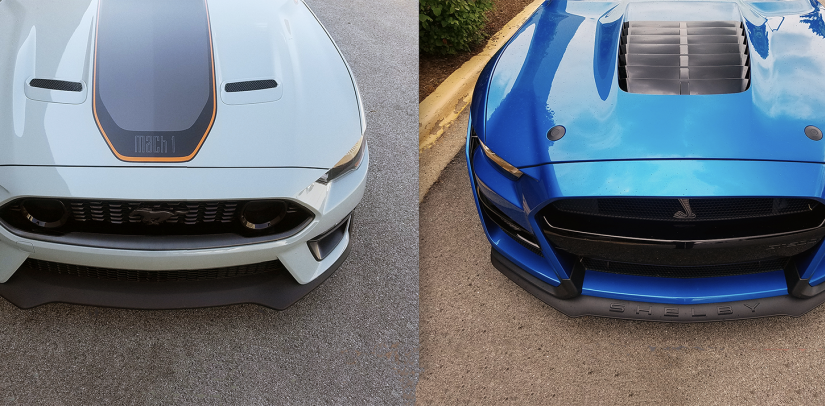

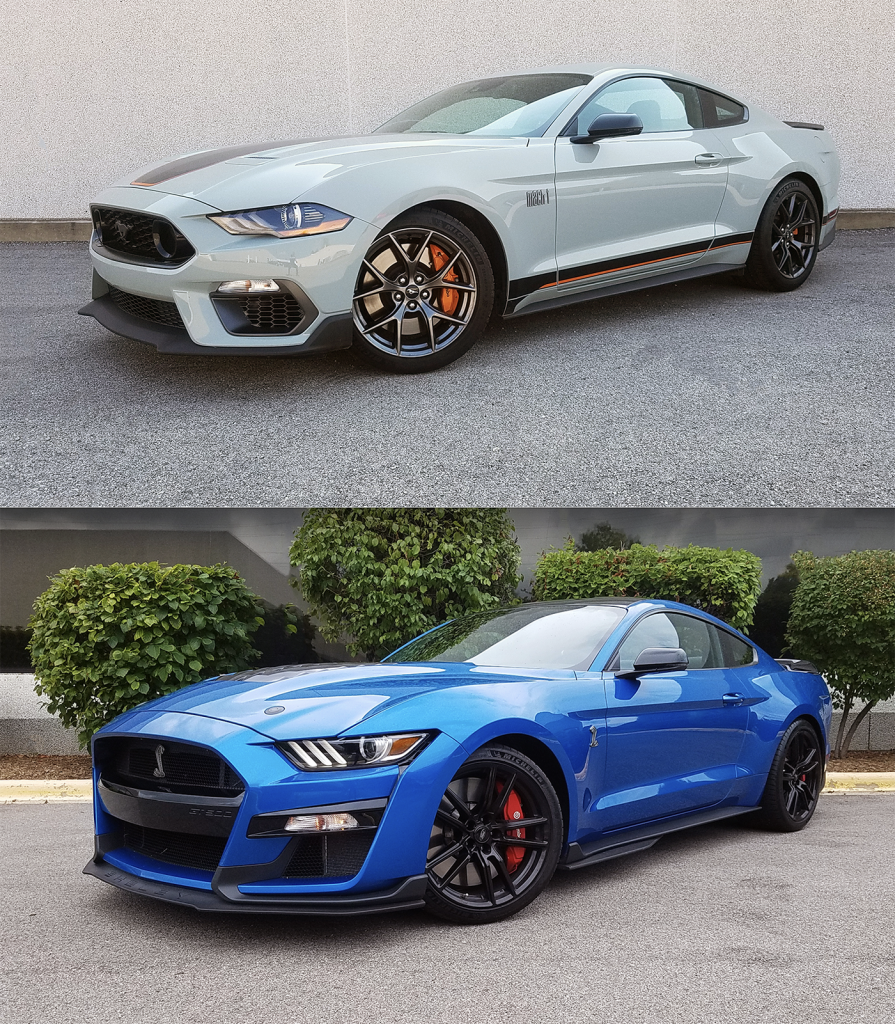
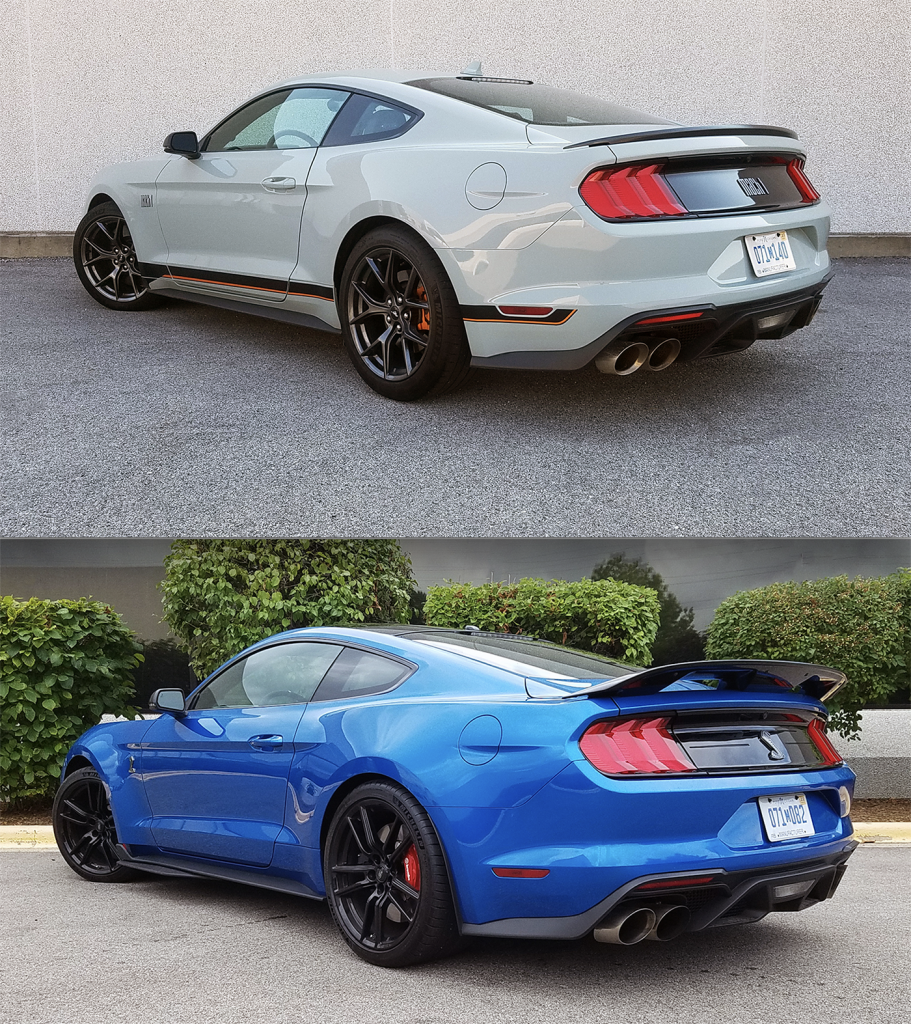

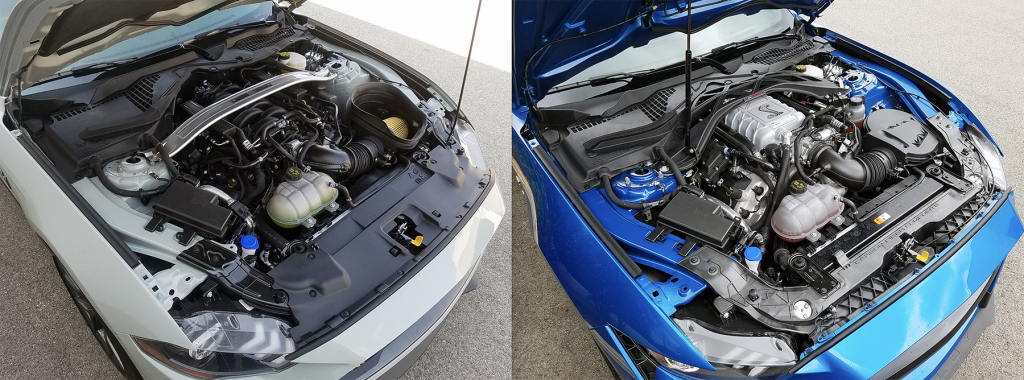
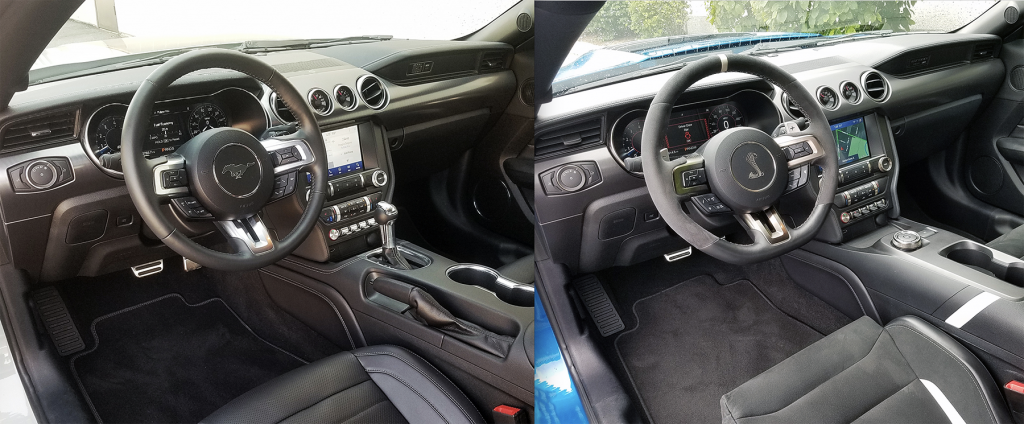
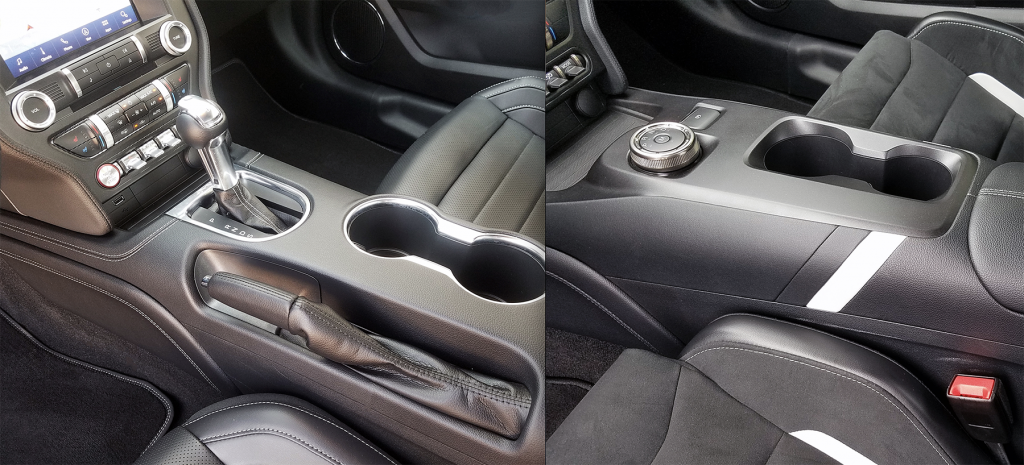
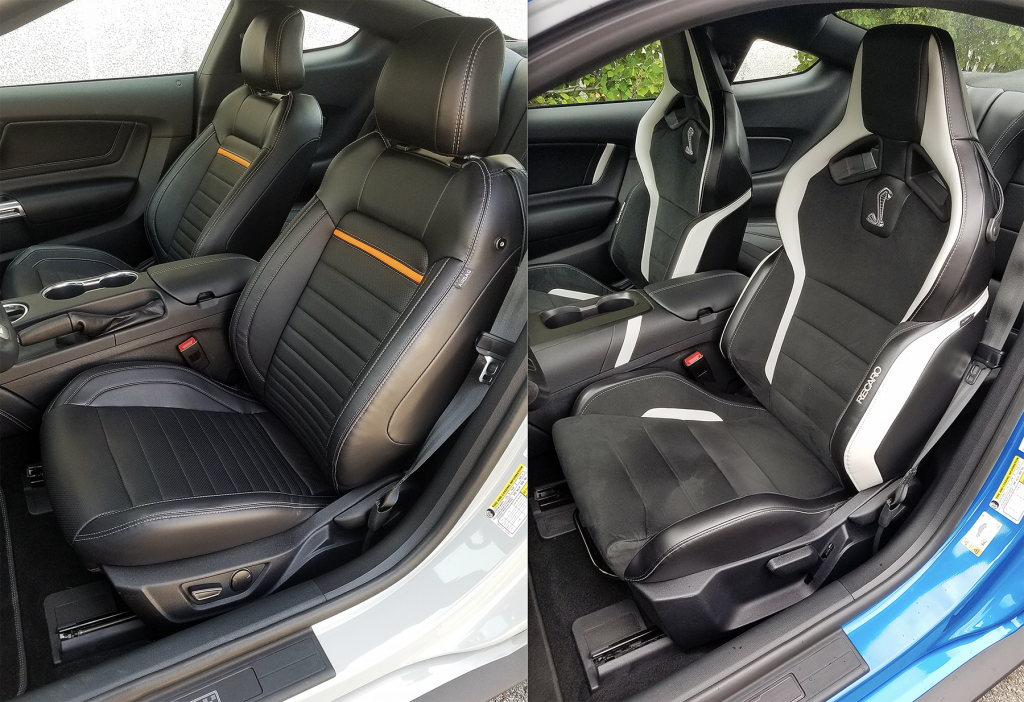

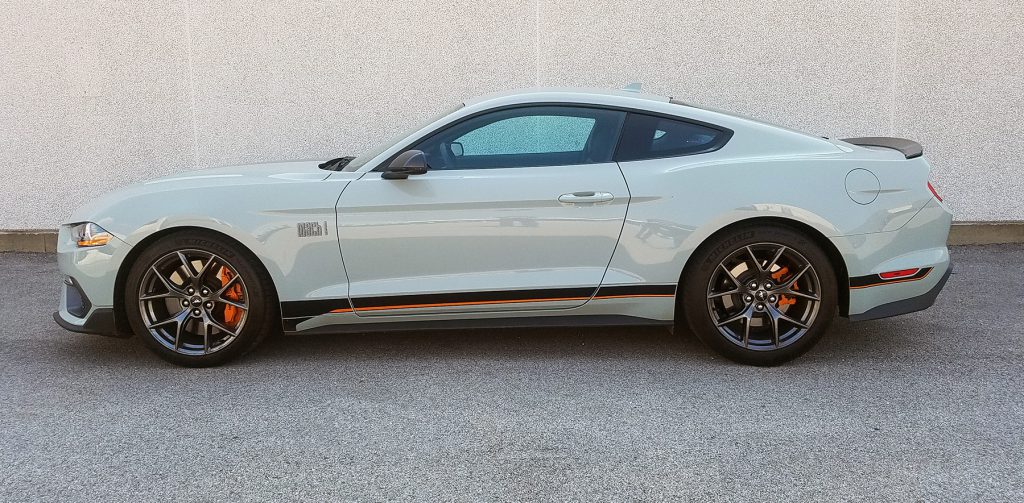





 Volkswagen announced complete pricing info for its redesigned 2022 Golf GTI and Golf R high-performance 4-door hatchbacks at the 2021 Chicago Auto Show. The ’22 Golf GTI and Golf R kick off the eighth generation of VW’s long-running compact hatchback in the U.S., and they are the only Golfs we’re getting… the non-performance versions of the Golf have been dropped for the American market and essentially replaced on our shores by VW’s new-for-2022 Taos compact crossover SUV.
Volkswagen announced complete pricing info for its redesigned 2022 Golf GTI and Golf R high-performance 4-door hatchbacks at the 2021 Chicago Auto Show. The ’22 Golf GTI and Golf R kick off the eighth generation of VW’s long-running compact hatchback in the U.S., and they are the only Golfs we’re getting… the non-performance versions of the Golf have been dropped for the American market and essentially replaced on our shores by VW’s new-for-2022 Taos compact crossover SUV.